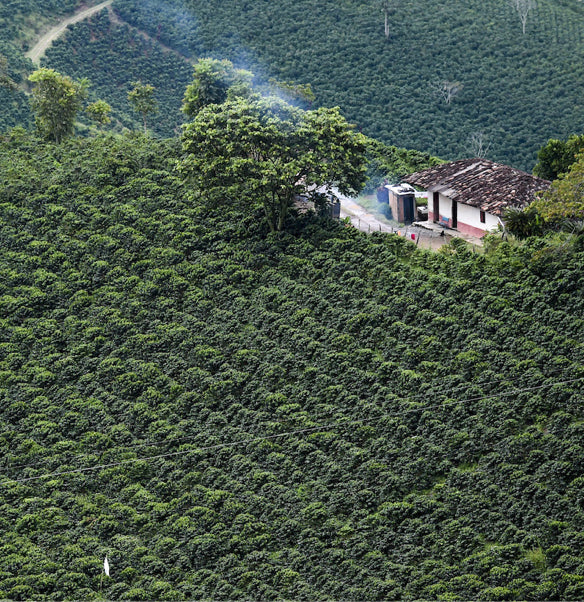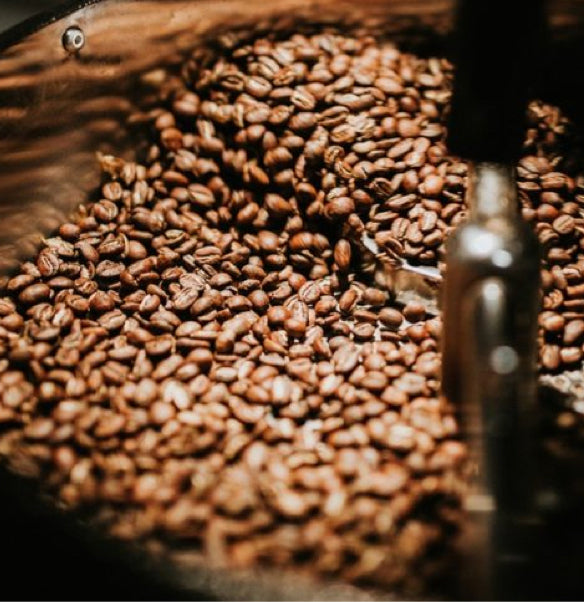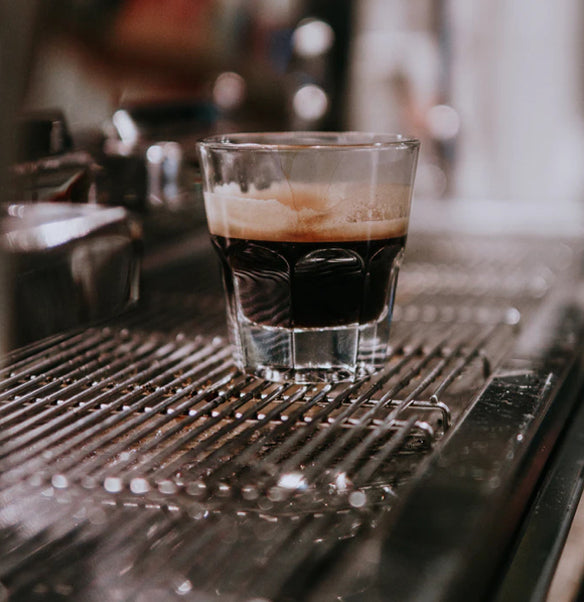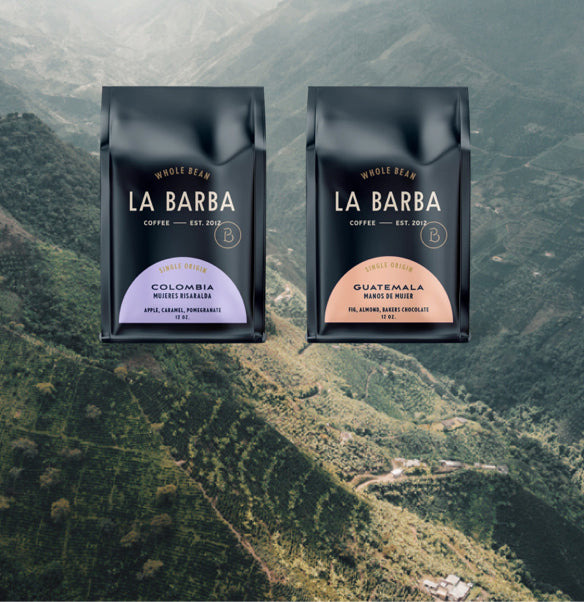What’s With Coffee Flavor Notes?
Any coffee lover knows never to grab a bag blindly unless you just like surprises. We recommend reading the bag or web description to get a sense of what you might getting into. The name might tell you something explicit or implicit, “Ethiopia Haro Welabu Anerobic” or “Colombia, Nariño el Condor.” You may also look for other indicators as to what to expect of the coffee, such as processing (washed, natural, etc.), region, or more straightforwardly, flavor notes.
Most specialty coffee roasters, ourselves included, write flavor notes somewhere on their label or bag. This is typically two to four flavors (or aromas) that stand out when tasting that particular coffee. Fruits are common, like tangerine, raspberry, blueberry, or apple. You also might see notes with spices such as cinnamon, cardamom, honey, clove or molasses. Sometimes notes just get weird, like pinot noir or bubblegum.
Are these flavors really in there? Are roasters just making stuff up? What if I don’t taste any of the notes listed? What if I just want coffee?
First, to avoid any confusion, while chemically flavored coffee exists, none of our coffees are flavored at all. Nothing but roasted coffee beans go in your bag. We’d expect the same from anyone in the “Specialty” realm of the coffee industry. If you’re drinking flavored coffee, please try some that's not flavored! If you’re not sure what to try, send us a note, we’d be happy to help you find something that’s pure coffee and very flavorful.
Next, understanding a bit on how we at La Barba come up with these notes might help you when you’re trying to choose coffee. We begin thinking about the flavor profile as soon we try the first sample of a green coffee, which is often sent to us before the coffee even leaves origin. We start thinking about it so soon because the profile is the coffee’s lasting connection to its origin – the soil, elevation, and processing directly after harvest. This is something we very much want to capture and share with you. Additionally, we think about this profile in order to decide how we want to approach the roasting of a specific coffee in order to bring out the nuances. Finally, because coffee is such a complex beverage in which flavor, aroma, acidity, sweetness, mouthfeel, balance and aftertaste all play into the overall drinking experience (not to mention the atmosphere of where you’re drinking your coffee), we try to boil it down to three notes that convey something about the coffee’s sweetness, acidity, and overall character.
For example, a coffee might have a mild acidity, not that of a lemon, but less than that, maybe a tangerine or a plum. And maybe considering the coffee’s hint of light, juicy sweetness, you’ve got your first note – tangerine! Good coffee should also have some sweetness, but not all sweetness is the same. Are we tasting a syrupy sweetness (maraschino cherry) or is that a sugary sweetness, like honey or cane sugar. Perhaps there’s a fruit note that captures the sweetness, like melon or some kind of berry. Then there’s the mouthfeel: not exactly flavor, but certainly part of the flavor experience. Does the coffee have a full, smooth, almost creamy character or is it light and delicate.
There’s a lot of science behind coffee, but the tasting experience and distinguishing flavor is more of an art. We think it’s a fun art too, and one that makes us love coffee the more we do it. Understanding this part of the process will hopefully increase your enjoyment, and we also hope it make the coffee choosing process easier and more exciting. With that, happy coffee buying and tasting!




